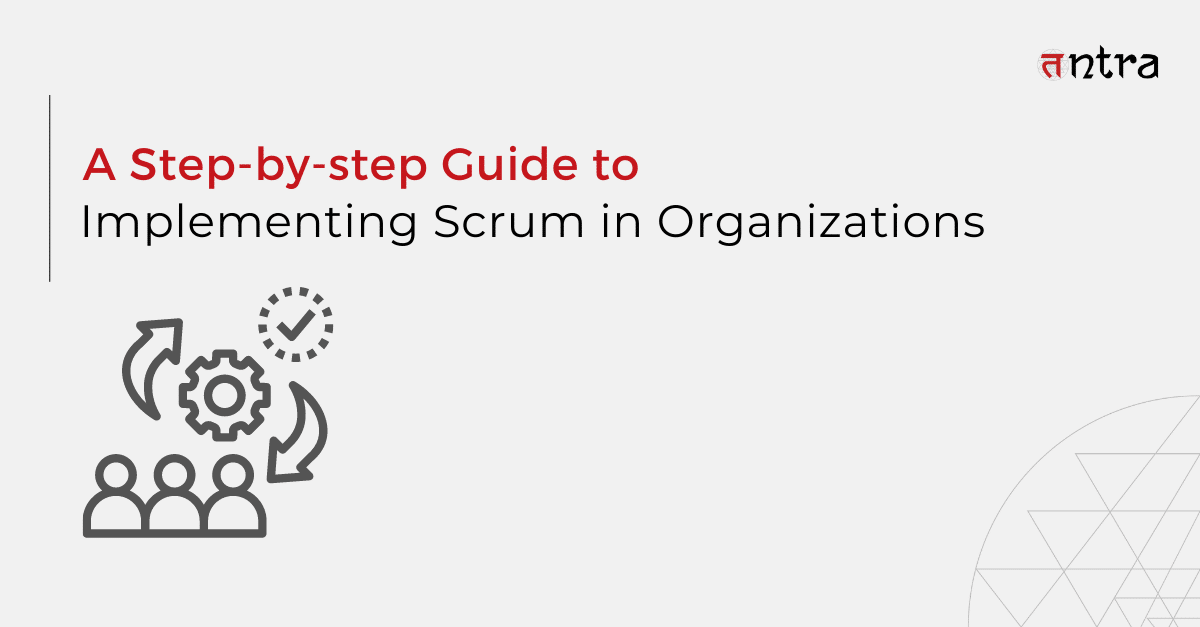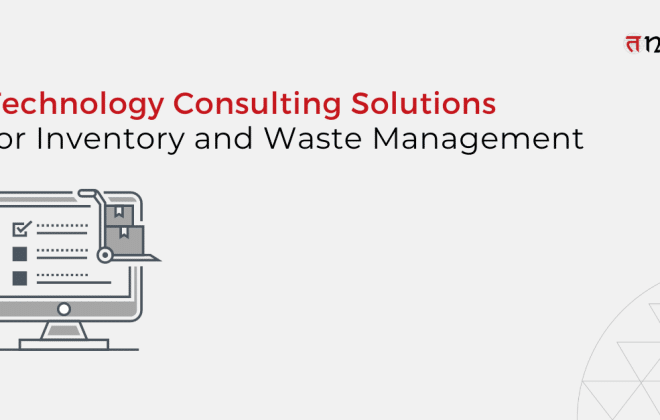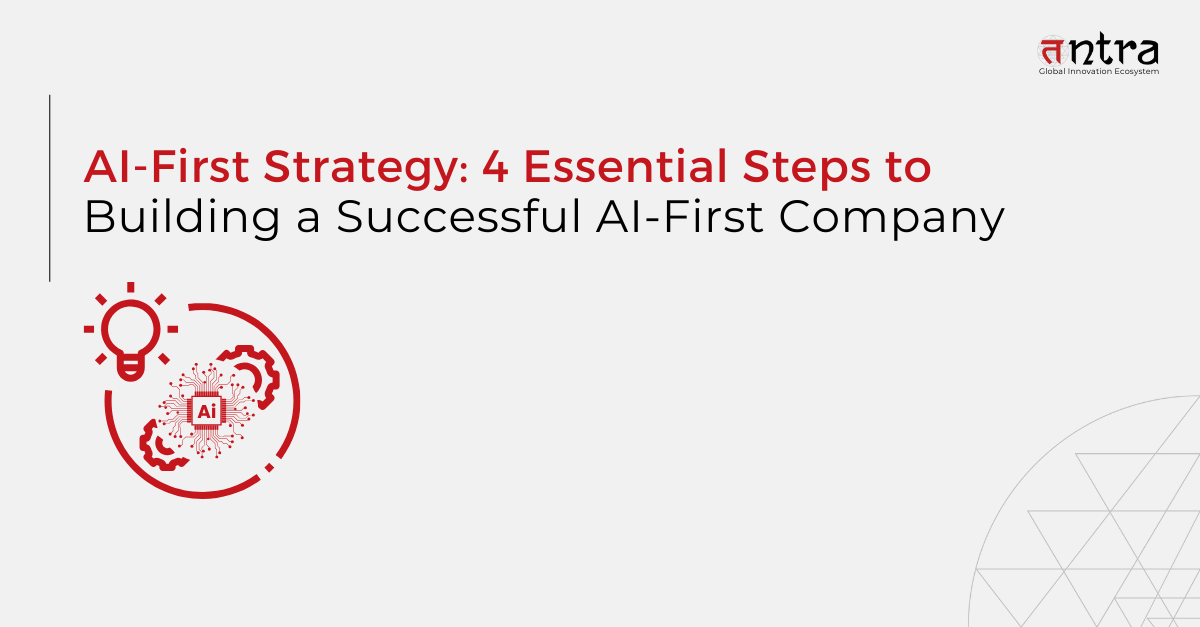
A Step-by-step Guide to Implementing Scrum in Organizations
Table of Contents
ToggleThe Scrum implementation roadmap guides organizations in adopting a structured Agile approach, driven by critical roles like the Scrum Master and facilitated by technology consulting services. This roadmap promotes collaboration, adaptability, and iterative progress, enhancing efficiency and productivity. Embracing the correct Scrum implementation roadmap empowers software developers to navigate challenges, optimize development processes, and achieve effective project management for sustainable growth.
The New Media division of the BBC faced a formidable challenge rooted in the dynamics of modern software development. The rapid pace of technological advancement and the changing user preferences and expectations led to a high degree of uncertainty and complexity in their projects. This inherent uncertainty created obstacles that hindered its ability to deliver the intended outcome. The conventional software development processes employed by the division proved inflexible and ill-equipped to navigate this environment.
The lack of adaptability and flexibility within the existing workflow led to missed opportunities, delayed releases, and an inability to respond swiftly to shifting market demands. Moreover, the isolated nature of the division’s structure resulted in fragmented communication and collaboration, amplifying their challenges. The absence of a cohesive and responsive approach limited creativity, slowed down development cycles, and hindered the division’s ability to stay competitive in the fast-paced digital landscape.
In response to a compelling need for change, the BBC went ahead with the implementation of the Scrum framework, which provided a structured solution to manage uncertainty. Scrum’s iterative approach addressed challenges head-on, while cross-disciplinary Scrum teams dismantled barriers between functional units, fostering collaboration and diverse perspectives. The IT Agile transformation prioritized communication, collaboration, and continuous improvement.
Adopting Scrum practices like daily stand-ups, sprint planning, and backlog refinement improved the level of transparency and agility. Regular retrospectives nurtured a culture of introspection, leading to ongoing process enhancements as teams identified and addressed bottlenecks and inefficiencies.
Source: Knowledgehut
Benefits of Adopting the Scrum Framework
The Scrum framework is a popular Agile development process that is well-known for its benefits. Adopting Scrum can help your company in a number of ways, boosting operational agility, productivity, and efficiency.

Scrum teams that fully engage in workload estimation exhibit a remarkable 250% improvement in work quality compared to teams without such estimates. This is evident in the substantial reduction of defect density. For instance, teams not practicing estimates average over 20 errors, whereas Scrum teams, with fewer than 10 errors on average, demonstrate superior performance.
Reports indicate that team productivity increases noticeably, with output increasing by three to four times. According to the book “SCRUM: The art of doing twice the work in half the time,” exceptional software product engineering company Scrum teams achieve up to 8 times higher production levels, which is an even more amazing improvement.
Over 85% of teams report that Scrum has improved their work-life balance, providing benefits beyond increasing work productivity.
A Guide to Implementing Scrum Framework in Organizations
Developing a comprehensive Scrum implementation guide involves a structured progression through key stages, facilitated by essential roles such as the Scrum Master and often guided by technology consulting services. Here’s an overview of the seven crucial steps in this process:
1. Formation of a Dynamic Scrum Team
The first step is to put together a Scrum team of 5 to 9 people with a range of skills, including developers, testers, designers, and business analysts. Continuous collaboration and shared ownership are encouraged by this cross-functional structure.
2. Determining Sprint Length
The Scrum framework introduces the idea of sprints, time-boxed intervals of between 7 and 30 days. These sprints continue to be the same across the course of the project, dictating the speed of development work. Each sprint starts with a sprint planning meeting when the team agrees to finish a specified amount of work within the allotted time.
3. Appointment of a Skilled Scrum Master
The Scrum Master is a role similar to a project manager but with a specific purpose and is at the center of the Scrum implementation. By removing obstacles and allowing efficient operations, this function ensures the team’s efficacy and progress. For the team to follow the approach, foster autonomy, and prevent micromanagement, a Scrum Master is essential.
4. Selection of a Capable Product Owner
Aligning team activities with company goals is the responsibility of the Product Owner, a very crucial position. By turning client-centric requirements into user stories, a product owner makes sure the team produces value for stakeholders. The Product Owner manages a prioritized product backlog that directs development activities, frequently assisted by technological consulting services.
5. Creation of the Initial Product Backlog
The basis for sprint planning is the product backlog, a collection of user stories. It includes detailed stories arranged according to priority as well as high-level epics. Technology consulting services could help organize the backlog efficiently and make sure that tasks are prioritized to maximize development efforts.
6. Sprint Planning and Commencement
The team embarks on a sprint by selecting items from the prioritized product backlog. In the sprint planning meeting, the team deliberates and decides on the scope of work to be accomplished during the sprint. With guidance from the Scrum Master and possibly technology consulting services, the team ensures that the selected tasks are feasible within the sprint’s duration.
7. Iteration and Continuous Improvement
The sprint comes to an end with a review and retrospective session. The group discusses lessons learned and presents finished work. As the team pinpoints areas for development and incorporates these insights into following sprints, this iterative method enables continual improvement. The Scrum process never ends, promoting a culture of flexibility and development.
Explore success stories that redefine industry standards. Discover Tntra’s transformative case studies now!
Conclusion
Organizations can achieve improved operational efficiency, increased productivity, and a better work-life balance by incorporating the Scrum methodology through a clearly defined implementation plan. This planned Scrum implementation roadmap promotes teamwork, adaptation, and iterative progress under the direction of the Scrum Master and with the support of technology consulting services. By adopting Scrum, companies can overcome dynamic problems and enhance their development procedures, ushering in a new era of successful project management and long-term expansion.
Tntra is a leading software product engineering services enterprise that deploys appropriate Agile scrum implementation steps for a seamless application development experience.
For successful Agile application development, contact team Tntra today.





